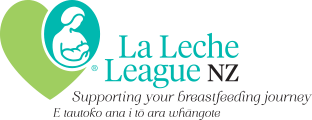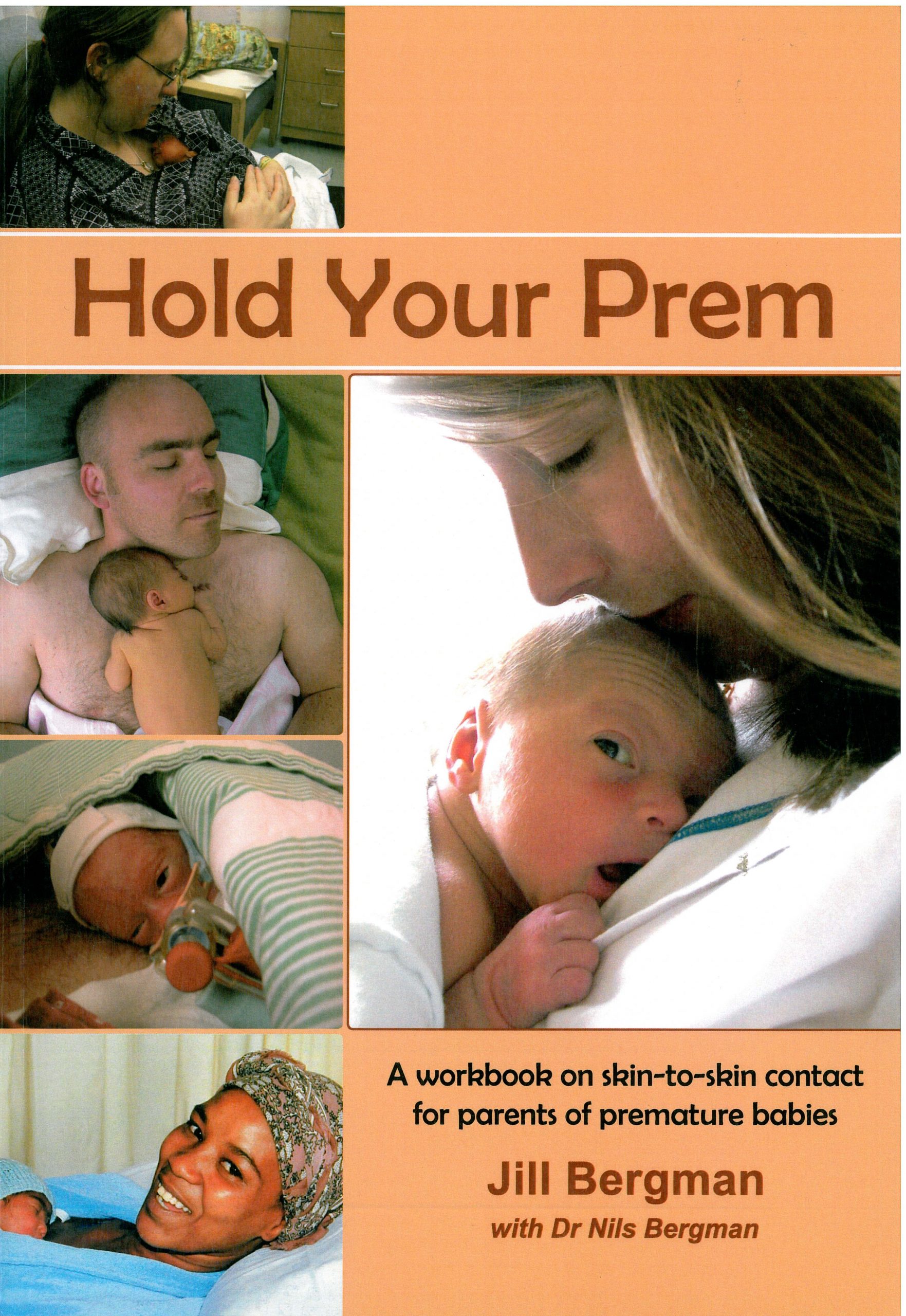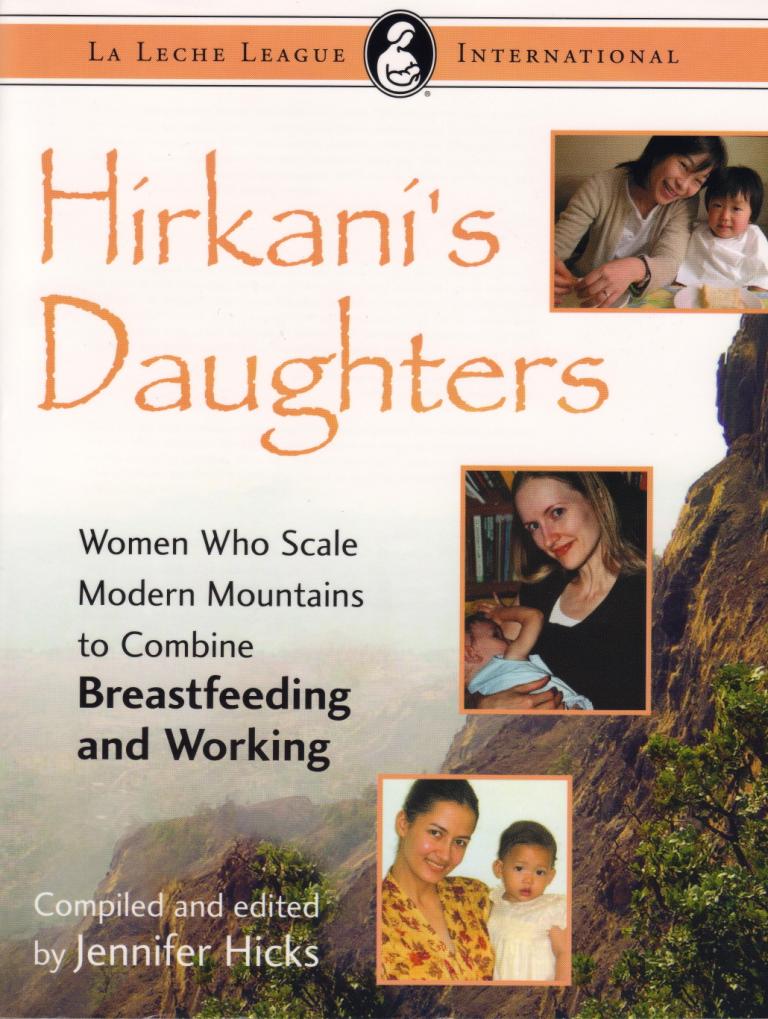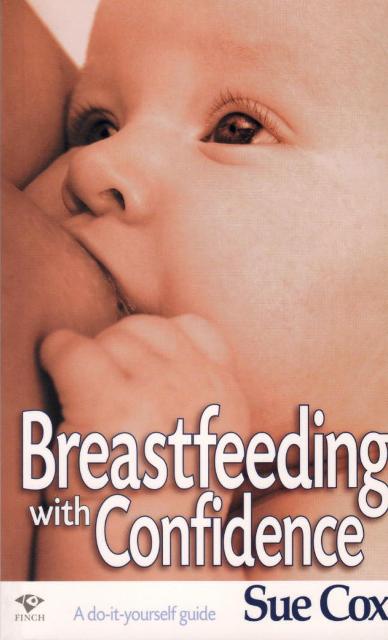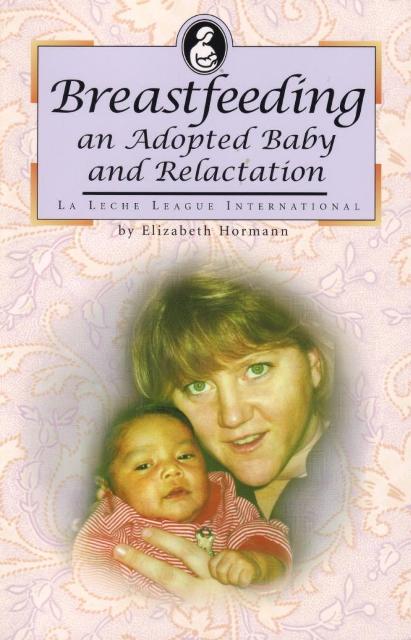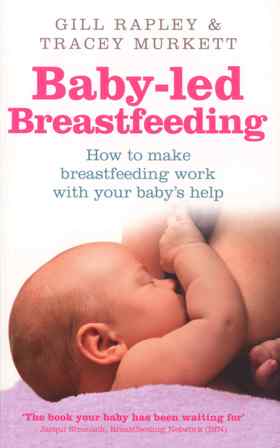Hirkani’s Daughters
Women Who Scale Modern Mountains to Combine Breastfeeding and Working
The unusual title derives from an Indian tale from the 1600s of a milkmaid, Hirkani, who one day
delivered milk to the royal fort, high on a mountain. At dusk the gates to the fort were closed for
security reasons, and Hirkani was trapped in the fort, with her baby waiting in the village below.
Determined to return to him, she climbed down a vertical 1000 ft cliff to get back to her village.
The king was so impressed that he honoured her, and even today, the village is still called Hirkani
Village.
I found myself involved and amazed from start to finish of this book. Many of the stories tell of
women so determined to breastfeed that they went to great lengths and made many sacrifices to
succeed – sometimes with support and other times with none. Also fascinating was the
information about support available in different countries for breastfeeding mothers in paid work.
Many countries have much better legislation and conditions than does New Zealand, where a big
gap exists in that there is no provision for breastfeeding breaks, let alone paid breaks. By contrast
for example, in Slovenia, where 67% of women are in the paid work force, and where the birth
rate is extremely low, there are 365 days of paid parental leave and the mother can use an hour a
day for feeding or expressing, plus there are many other child-friendly benefits.
There is also a section on Breastfeeding-Friendly Employers. Would that all employers were like
the ones mentioned here! For example, I can’t imagine anyone ever wanting to leave the SAS
Corporation in North Carolina, where employees have access to lactation experts, a lactation room
with breast pumps, childbirth and breastfeeding classes, a company-wide recognition of World
Breastfeeding Week, an on-site Montessori daycare centre, and where mothers are paged when
their babies need feeding and can use the breastfeeding lounge any time of day!
There is a New Zealand connection with Hirkani’s Daughters – Dr Judith Galtry has written a
Foreword and Sarah Farquhar, an early childhood educator from Wellington, tells her story. Some
of you may remember their session from the 2004 LLLNZ Conference, which Sarah mentions
favourably in her story.
If you want a book that is full of the ‘how tos’ of combining breastfeeding and working, then this is
not the book for you. Try Nursing Mother, Working Mother by Gale Pryor instead. Although
Hirkani’s Daughters does have a brief section at the end called ‘What Working Mothers Need to
Know’ which contains handy hints, and although there are good ideas contained in each story, the
focus of this book is really on the amazing and inspiring stories of real women from all around the
world who have “scaled modern mountains to combine breastfeeding and working.”
Original review, printed in Aroha Volume 14 Number 1
Hirkani’s Daughters
Women Who Scale Modern Mountains to Combine Breastfeeding and Working
Edited by Jennifer Hicks
La Leche League International, Schaumburg, USA, 2006
Reviewed by Rosemary Gordon, LLLNZ
